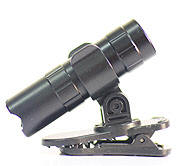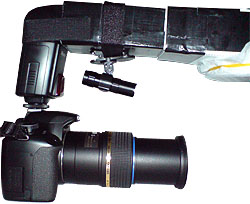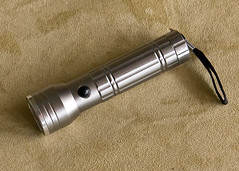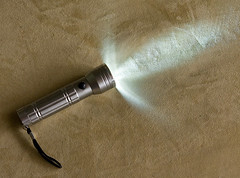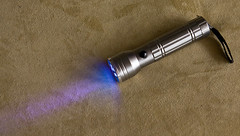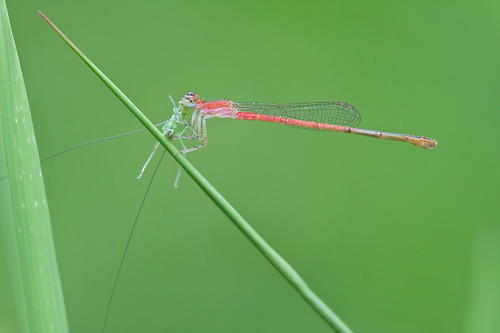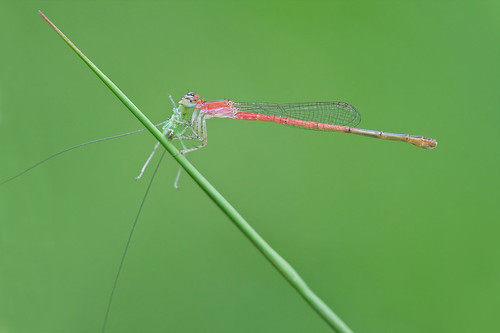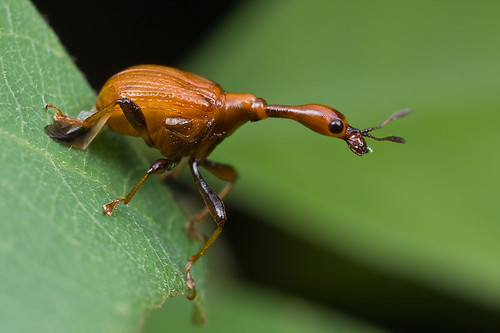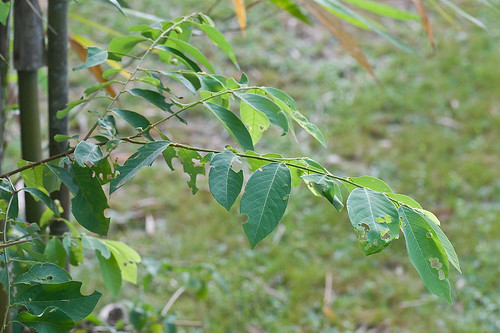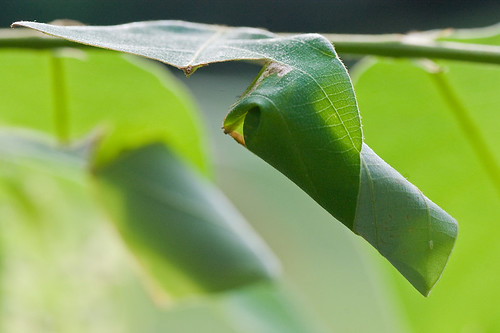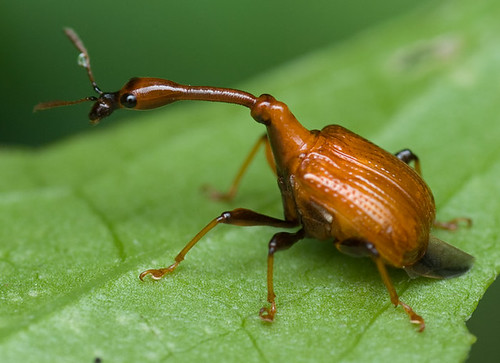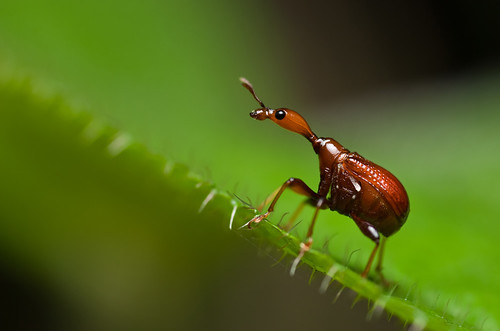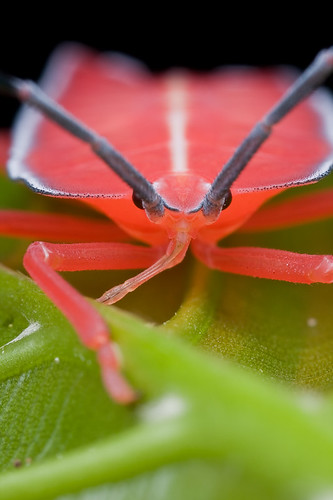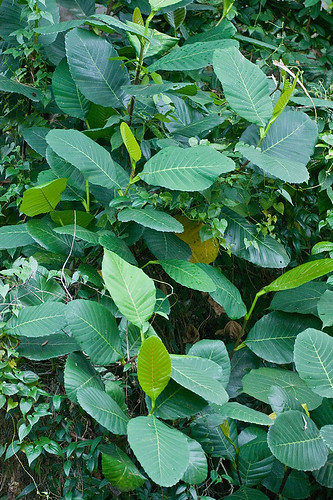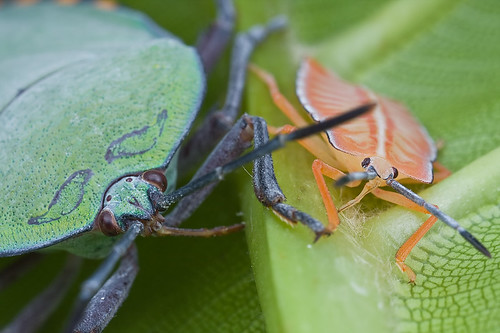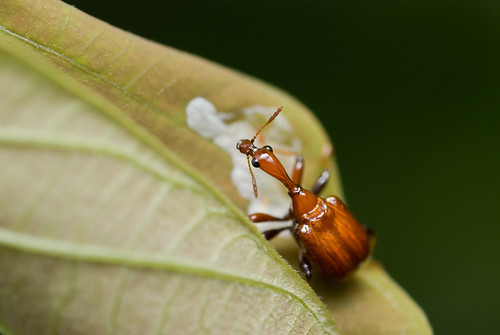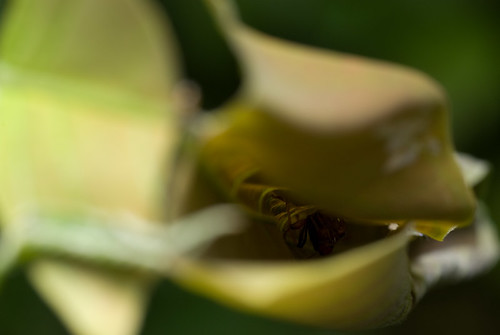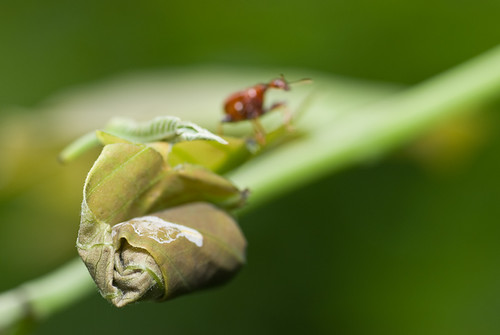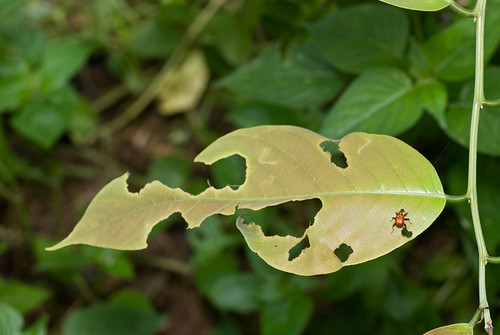I am sure you have encountered a scenario like this before. You took a full flash shot ( or two ) of a flash (speedlight) sensitive macro subjects/bugs/insects, only to realize afterward when looking at your LCD that you have captured nothing but empty frame, such as this image:D
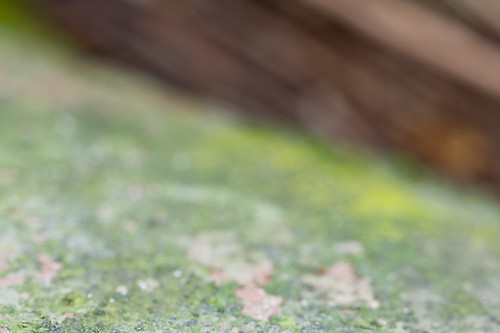
I am sure a prime example would be a long legged fly (Dolichopodidae). And most likely, you were shooting in ETTL Mode. This happened to me again just yesterday. Let me share this handy SLR macro photography tips with you. I immediately changed my flash mode from ETTL to manual, at 1/4th flash power. Of course, the exact manual flash power you will need depends on your flash, flash-subject distance, diffuser and magnification. This was what I captured.
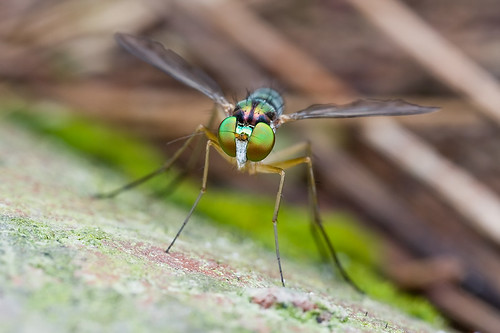
Take a look at the definition of ETTL and you should be able to find out for yourself what ticks off those light/flash sensitive macro subjects/insects/bugs:
E-TTL (Evaluative-Through The Lens) is a Canon EOS flash exposure system that uses a brief pre-flash before the main flash in order to obtain a more correct exposure. E-TTL uses the same evaluative metering sensor used for ambient metering. The sensor is internal to the camera and takes its exposure via the lens so any filters added to the lens will also affect the E-TTL readings giving more accurate exposure information to the camera.
Yes, the keyword here is "pre-flash". Our light/flash sensitive macro subjects/insects/bug takes off as soon as the pre-flash comes on, before the main flash fires. By the time the main flash fires, our macro subject/insect/bug is not in our frame anymore.
So there you have it. Switch to manual flash mode, or even shoot with just natural light if the situation allows. I hope you find this macro photography tip useful.
All images here shot with Canon 40D, Canon MPE65mm f/2.8 1-5X Macro Lens
